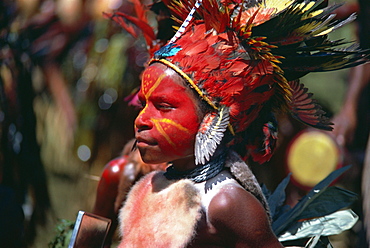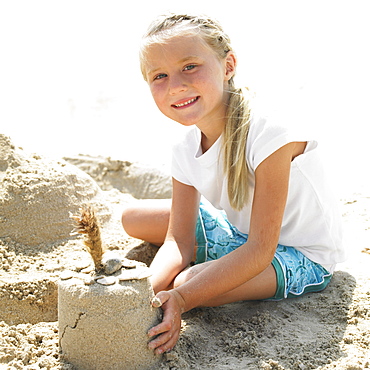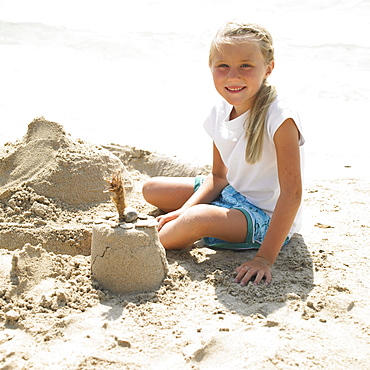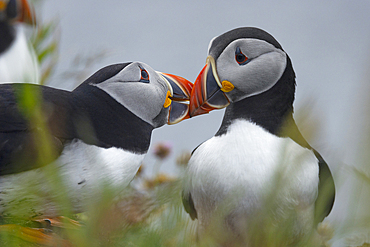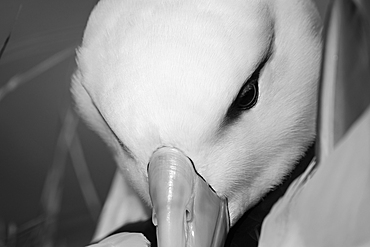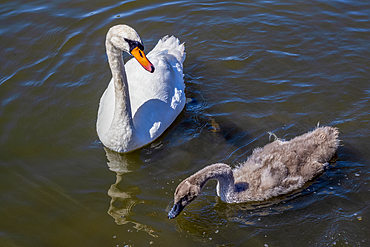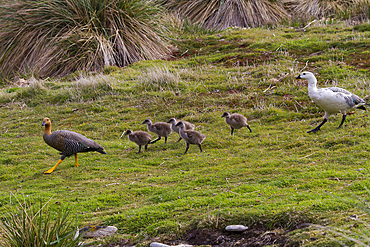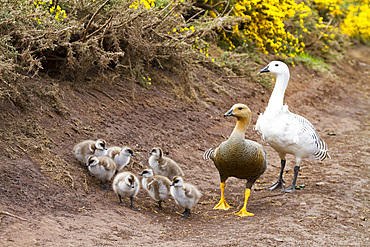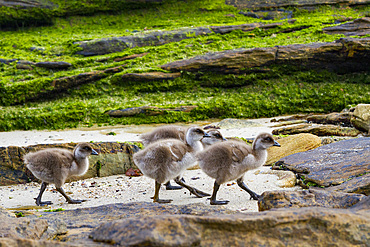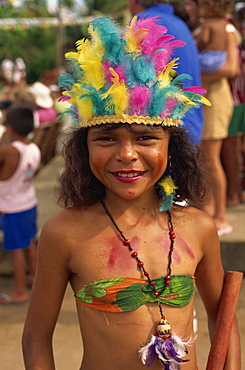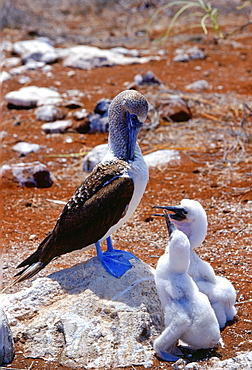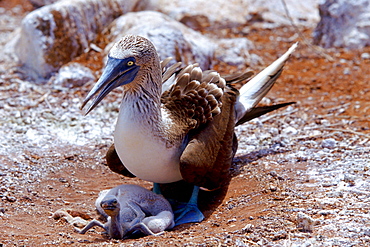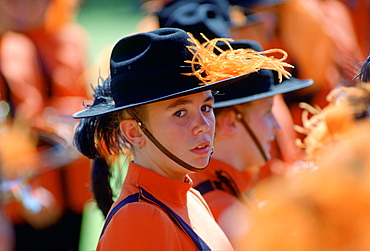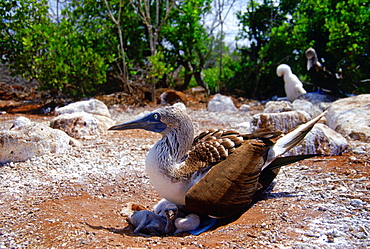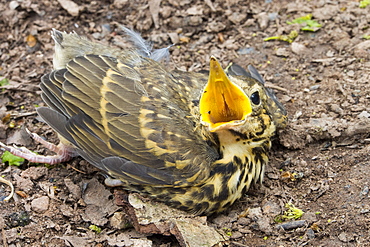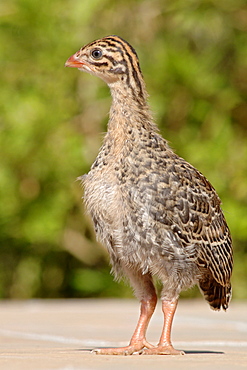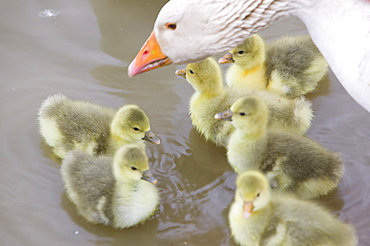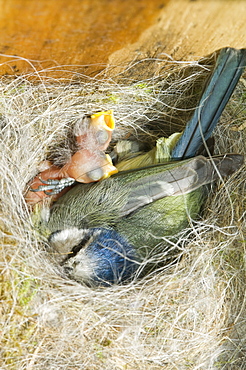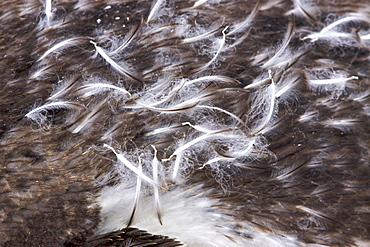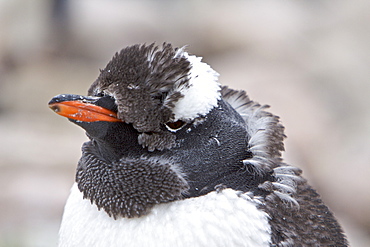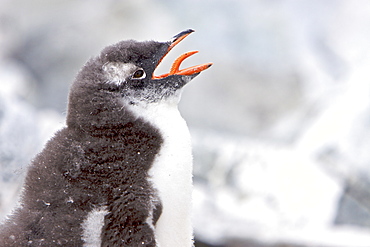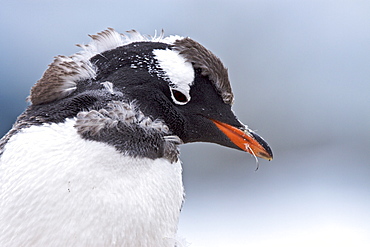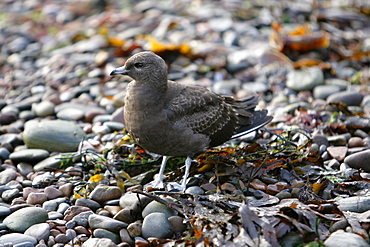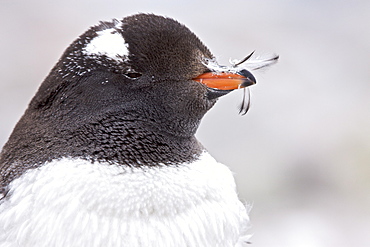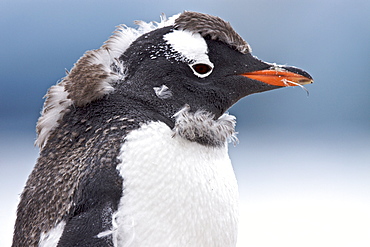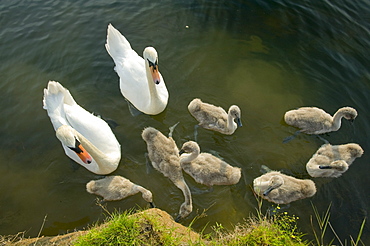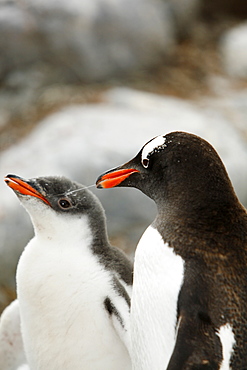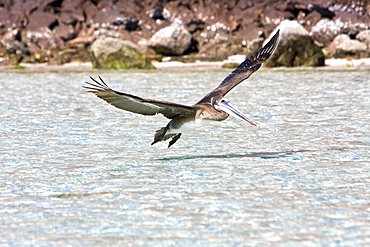Results
37 results found
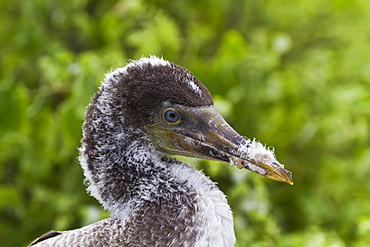
Nazca booby (Sula grantii) chick, Punta Suarez, Santiago Island, Galapagos Islands, Ecuador, South America
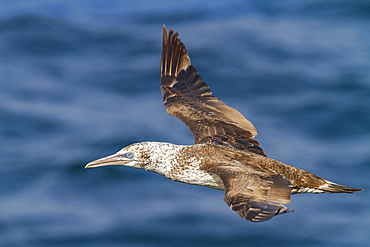
Young northern gannet (Morus bassanus) in flight near Ile des Oiseaux in the Parc National du Delta du Saloum, UNESCO World Heritage Site, Senegal, West Africa, Africa
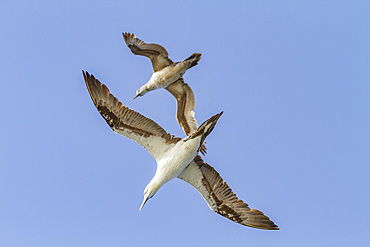
Young northern gannets (Morus bassanus) in flight near Ile des Oiseaux in the Parc National du Delta du Saloum, UNESCO World Heritage Site, Senegal, West Africa, Africa
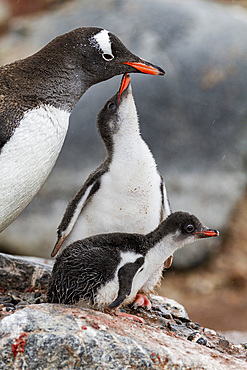
Gentoo penguin (Pygoscelis papua) adult with chicks at breeding colony on Damoy Point, Antarctica, Southern Ocean, Polar Regions
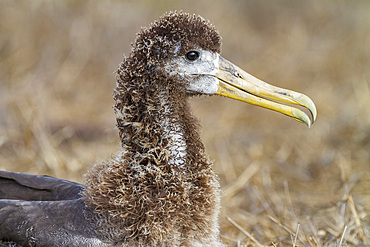
Waved albatross (Diomedea irrorata) chick almost ready for flight at breeding colony on Espanola Island, Galapagos Islands, UNESCO World Heritage Site, Ecuador, South America
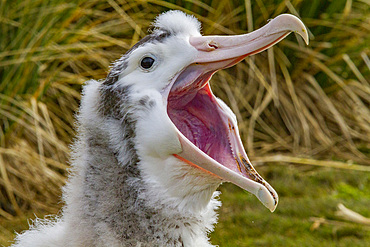
Wandering albatross (Diomedea exulans) chick at breeding colony on Prion Island, Bay of Isles, South Georgia
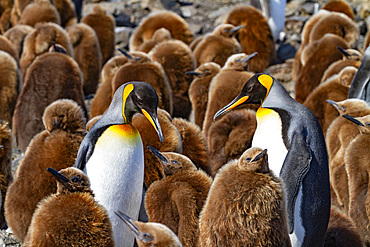
Adult king penguins (Aptenodytes patagonicus) amongst chicks (okum boys) at Salisbury Plain, South Georgia, Polar Regions

King penguin (Aptenodytes patagonicus) adult and chick at breeding and nesting colony at Salisbury Plain, South Georgia, Polar Regions
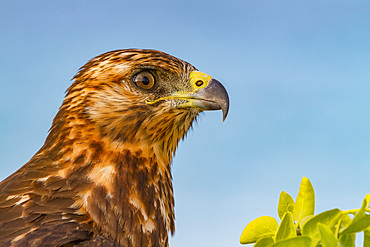
Young Galapagos hawk (Buteo galapagoensis) in the Galapagos Island Archipelago, UNESCO World Heritage Site, Ecuador, South America
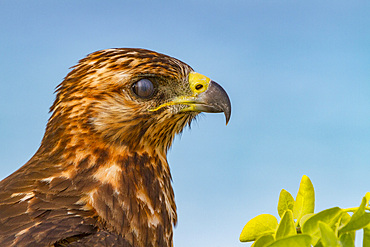
Young Galapagos hawk (Buteo galapagoensis) in the Galapagos Island Archipelago, UNESCO World Heritage Site, Ecuador, South America
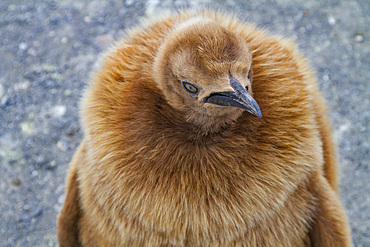
King penguin (Aptenodytes patagonicus) in downy plumage (okum boys) on South Georgia Island, Polar Regions
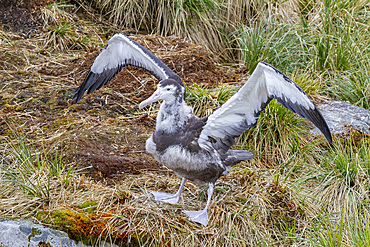
Wandering albatross (Diomedea exulans) chick at nest site on Prion Island in the Bay of Isles, South Georgia, Polar Regions
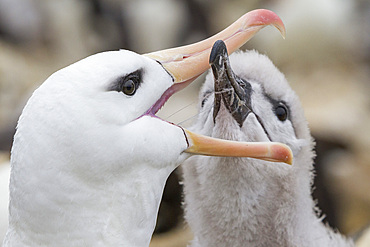
Black-browed albatross (Thalassarche melanophrys) adult feeding chick at nesting site on West Point Island, Falkland Islands, South America
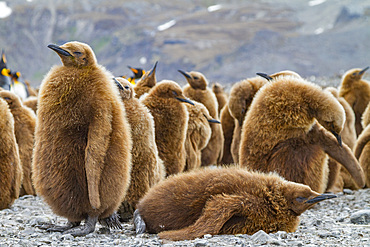
King penguins (Aptenodytes patagonicus) in downy plumage (okum boys) on South Georgia Island, Polar Regions
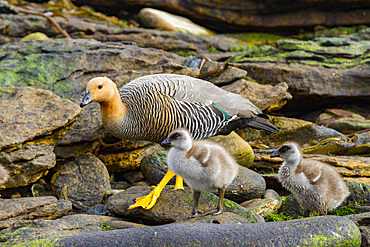
Adult female upland goose (Chloephaga picta) with goslings on Carcass Island in the Falkland Islands
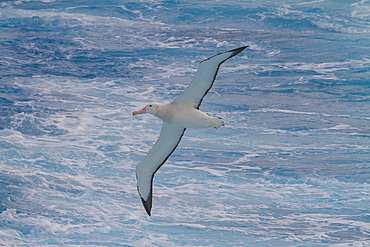
Young wandering albatross (Diomedea exulans) on the wing near the Antarctic Peninsula, Southern Ocean, Polar Regions
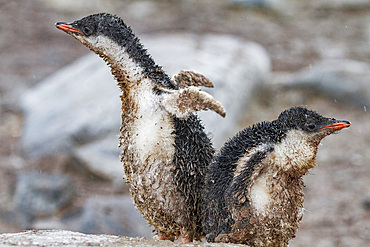
Gentoo penguin (Pygoscelis papua) chicks covered with mud and guano on Cuverville Island, Antarctica, Southern Ocean, Polar Regions
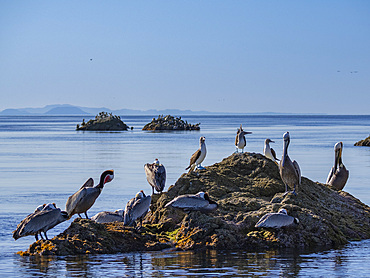
Blue-footed boobies (Sula nebouxii), on a small islet near Isla Salsipuedes, Baja California, Sea of Cortez, Mexico, North America
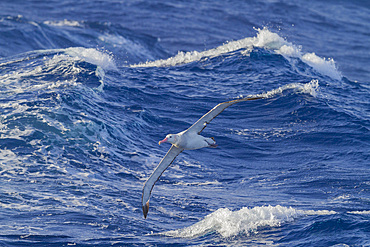
Young wandering albatross (Diomedea exulans) on the wing near the Antarctic Peninsula, Southern Ocean, Polar Regions
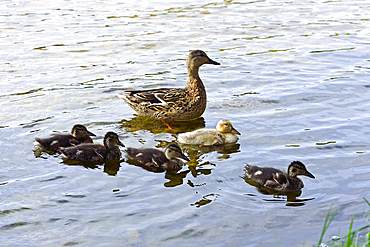
Female mallard and ducklings on the edge of Lusiai Lake at Paluse, Aukstaitija National Park, Lithuania, Europe
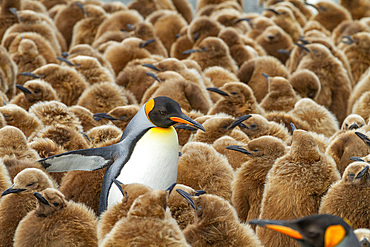
Adult king penguin (Aptenodytes patagonicus) amongst chicks at breeding colony at Gold Harbour, South Georgia Island, Polar Regions
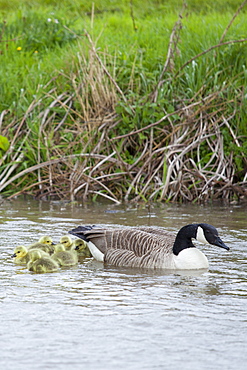
Female Canada Goose, Branta canadensis, with young goslings, on River Windrush at Swinbrook, the Cotswolds, UK

Young man wearing folk dress during festival The Ride of the Kings, Vlcnov, Zlinsko, Czech Republic, Europe

On Friday 11th July 2014, the Young Ospreys that nest on Bassenthwaite in the Lake District National Park, Cumbria, UK, are ringed and fitted with a satelite tracker. they are ringed by Pete Davis, a licensed bird ringer, and the satelite tracker is fitred by Roy Dennis. Roy is theonly person in the UK, licensed to fit satelite trackers to birds of prey. The tracing is part of the Bassenthwaite Osprey project, to see whereabouts in Africa the young migrate to, before returning hopefully to the UK to nest.Ospreys recolonized the Lake district in 2001, after an absence ovf over 150 years. In the last fourteen years of breeding over half a million people have visited the project to view these spectacular fish eating birds.
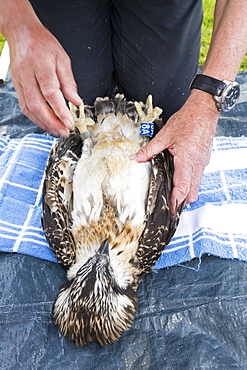
On Friday 11th July 2014, the Young Ospreys that nest on Bassenthwaite in the Lake District National Park, Cumbria, UK, are ringed and fitted with a satelite tracker. they are ringed by Pete Davis, a licensed bird ringer, and the satelite tracker is fitred by Roy Dennis. Roy is theonly person in the UK, licensed to fit satelite trackers to birds of prey. The tracing is part of the Bassenthwaite Osprey project, to see whereabouts in Africa the young migrate to, before returning hopefully to the UK to nest.Ospreys recolonized the Lake district in 2001, after an absence ovf over 150 years. In the last fourteen years of breeding over half a million people have visited the project to view these spectacular fish eating birds.
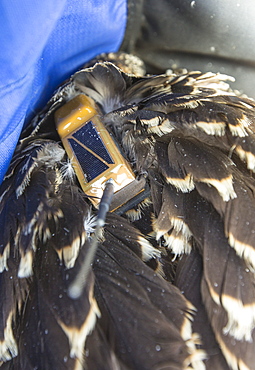
On Friday 11th July 2014, the Young Ospreys that nest on Bassenthwaite in the Lake District National Park, Cumbria, UK, are ringed and fitted with a satelite tracker. they are ringed by Pete Davis, a licensed bird ringer, and the satelite tracker is fitred by Roy Dennis. Roy is theonly person in the UK, licensed to fit satelite trackers to birds of prey. The tracing is part of the Bassenthwaite Osprey project, to see whereabouts in Africa the young migrate to, before returning hopefully to the UK to nest.Ospreys recolonized the Lake district in 2001, after an absence ovf over 150 years. In the last fourteen years of breeding over half a million people have visited the project to view these spectacular fish eating birds.
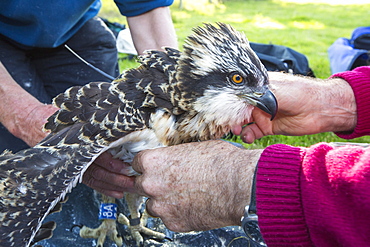
On Friday 11th July 2014, the Young Ospreys that nest on Bassenthwaite in the Lake District National Park, Cumbria, UK, are ringed and fitted with a satelite tracker. they are ringed by Pete Davis, a licensed bird ringer, and the satelite tracker is fitred by Roy Dennis. Roy is theonly person in the UK, licensed to fit satelite trackers to birds of prey. The tracing is part of the Bassenthwaite Osprey project, to see whereabouts in Africa the young migrate to, before returning hopefully to the UK to nest.Ospreys recolonized the Lake district in 2001, after an absence ovf over 150 years. In the last fourteen years of breeding over half a million people have visited the project to view these spectacular fish eating birds.
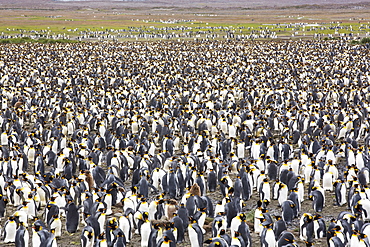
King Penguins in the world's second largest King Penguin colony on Salisbury Plain, South Georgia, Southern Ocean.
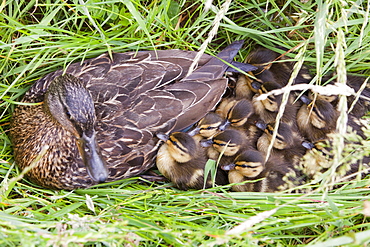
A female Mallard with her newly hatched chicks on Walney Island, Cumbria, England, United Kingdom, Europe
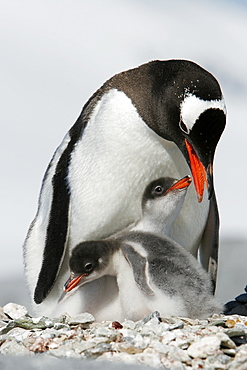
Gentoo penguin (Pygoscelis papua) parent with two downy chicks on Pleneau Island, near the Antarctic Peninsula.
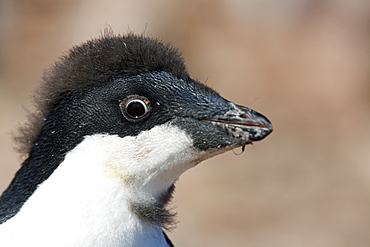
Adelie penguin chick (Pygoscelis adeliae) fledging its downy feathers for the adult feathers underneath on Devil Island, Antarctica.
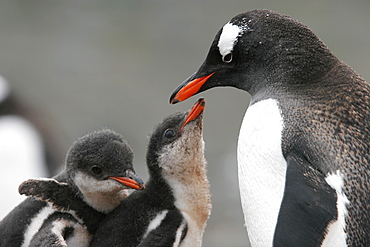
Gentoo penguin (Pygoscelis papua) parent feeding chicks on Petermann Island near the Antarctic Peninsula.

Gentoo penguin (Pygoscelis papua) parent with two downy chicks on Pleneau Island, near the Antarctic Peninsula.
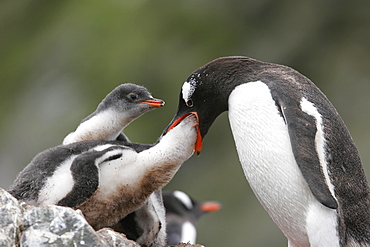
Gentoo penguin (Pygoscelis papua) parent feeding chick on Petermann Island near the Antarctic Peninsula.
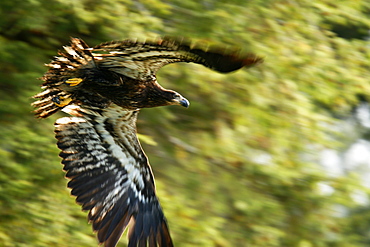
Juvenile bald eagle (Haliaeetus leucocephalus) in flight in Takatz Bay on Baranof Island, Southeast Alaska, USA
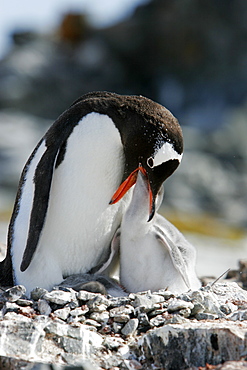
Gentoo penguin (Pygoscelis papua) parent feeding downy chick on Pleneau Island, near the Antarctic Peninsula.
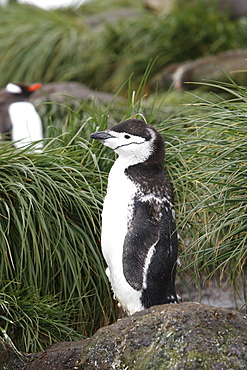
A lone molting adult chinstrap penguin (Pygoscelis antarctica) in tussock grass on Prion Island in the Bay of Isles near South Georgia Island, South Atlantic Ocean.
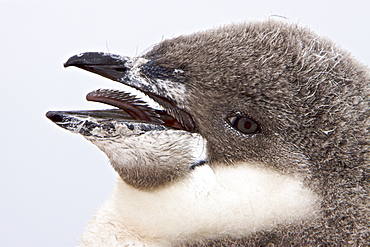
Chinstrap penguin (Pygoscelis antarctica) chick head detail at colony on Useful Island near the Antarctic Peninsula. There are an estimated 2 million breeding pairs of chinstrap penguins in the Antarctic peninsula region alone, perhaps as many as 7.5 million breeding pairs in all of Antarctica. Their name derives from the narrow black band under their heads which makes it appear as if they are wearing black helmets, making them one of the most easily identified types of penguin. Other names for them are "Ringed Penguins", "Bearded Penguins", and "Stonecracker Penguins" due to their harsh call. They grow to 68 cm (27 in). The average adult weight of a Chinstrap Penguin is 4.5 kg (10 lbs). Weight can range from 3 to 6 kg (6.6-13.2 lbs), with males being slightly larger and weight varying based on where the penguin is in the breeding cycle. Their diet consists of krill, shrimp, and fish. On land they build circular nests from stones, and lay two eggs, which are incubated by both the male and the female for shifts of five to ten days. They can also breed on icebergs, though they prefer non-icy conditions. The chicks hatch after about 35 days, and have fluffy gray backs and white fronts. The chicks stay in the nest for 20?30 days before they go to join a creche. At around 50?60 days old, they moult, gaining their adult plumage and go to sea. The Chinstrap Penguin was first described by German naturalist Forster in 1781. Its specific epithet was often seen as antarctica, however a 2002 review determined the genus Pygoscelis was masculine, and hence the correct binomial name is Pygoscelis antarcticus.
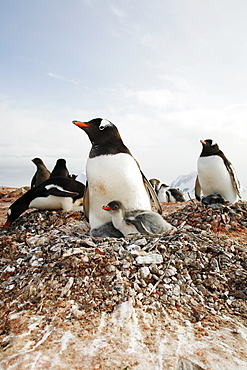
Gentoo penguin (Pygoscelis papua) parent with downy chick on Petermann Island, near the Antarctic Peninsula.
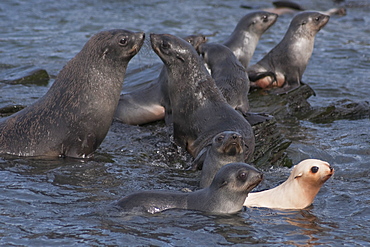
Leucistic Antarctic Fur Seal pup, Arctocephalus gazella, amongst normally coloured animals, South Georgia, South Atlantic Ocean. Leucism is a general term for the phenotype resulting from defects in pigment cell differentiation and/or migration from the neural crest to skin, hair or feathers . This results in either the entire surface or patches of the body surface having a lack of cells capable of making pigment.
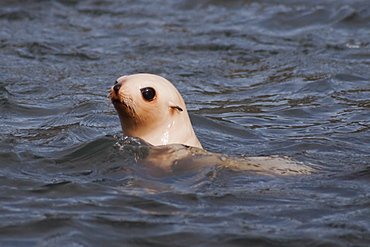
Leucistic Antarctic Fur Seal pup, Arctocephalus gazella, South Georgia, South Atlantic Ocean. Leucism is a general term for the phenotype resulting from defects in pigment cell differentiation and/or migration from the neural crest to skin, hair or feathers . This results in either the entire body surface or patches of the body surface having a lack of cells capable of making pigment.
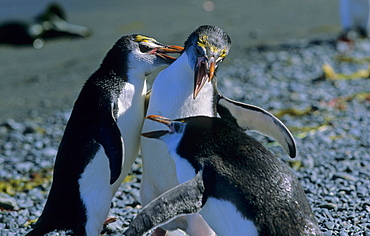
Fighting young Royal Penguins (Eudyptes Schlegeli). Sandy Bay, Macquarie Island, Subantarctic Australia.
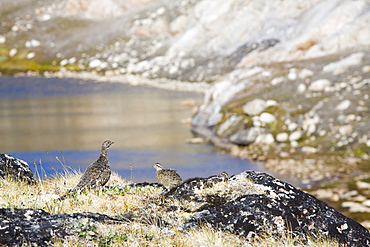
A female ptarmigan with young on the Greenland tundra near Camp Victor, west Greenland, Polar Regions

Juvenile double-crested cormorant (Phalacrocorax auritus) in Magdalena Bay between Isla Magdalena and the Baja Peninsula, Baja California Sur, Mexico. Note the light chest and neck in juveniles.
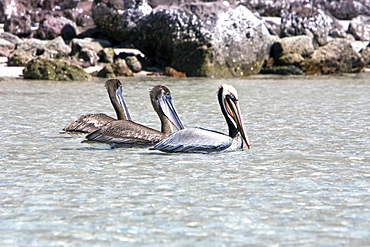
Two juvenile brown pelicans (Pelecanus occidentalis) behind an adult in the lower Gulf of California (Sea of Cortez), Mexico. Note the uniform drab brown coloration of the juvenile plumage.

Juvenile bald eagle (Haliaeetus leucocephalus) in flight in Takatz Bay on Baranof Island, Southeast Alaska, USA
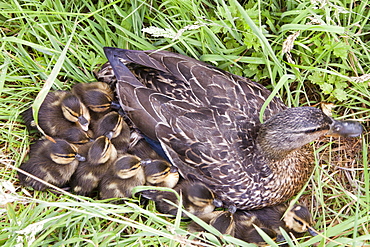
A female Mallard with her newly hatched chicks on Walney Island, Cumbria, England, United Kingdom, Europe
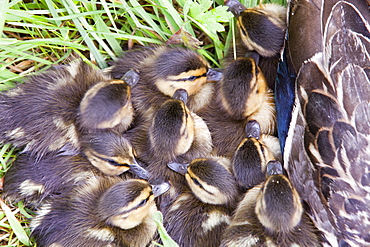
A female Mallard with her newly hatched chicks on Walney Island, Cumbria, England, United Kingdom, Europe
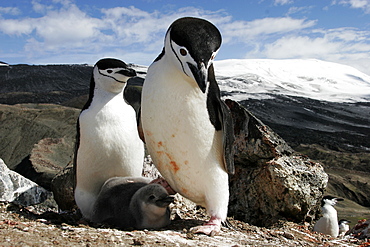
Chinstrap penguin (Pygoscelis antarctica) parents with chick high on the caldera rim on Deception Island, Antarctica.
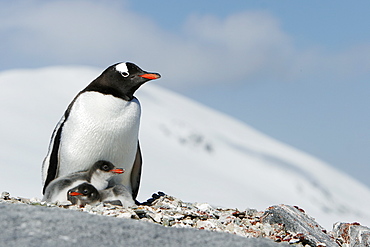
Gentoo penguin (Pygoscelis papua) parent with two downy chicks on Pleneau Island, near the Antarctic Peninsula.
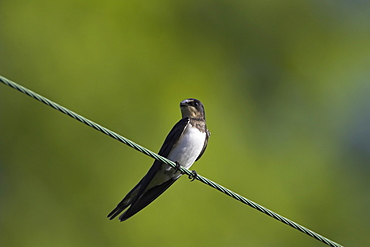
Juvenille Swallow (Hirundo rustica) preening on power lines and cables. Swallows often perch on power lines and telephone cables, calling, resting and preening.. Argyll, Scotland

Gentoo penguin (Pygoscelis papua) parent with chick on nest on Petermann Island near the Antarctic Peninsula.
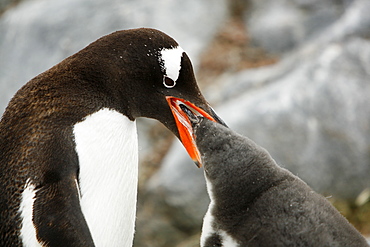
Gentoo penguin (Pygoscelis papua) parent feeding downy chick on Jougla Point, Wiencke Island, near the Antarctic Peninsula.
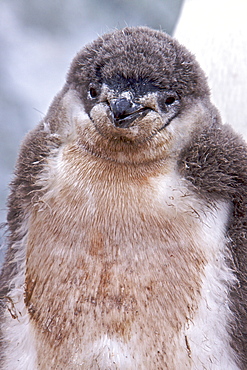
Guano-covered chinstrap penguin (Pygoscelis antarctica) chick at breeding colony on Useful Island near the Antarctic Peninsula

A female Mallard with her newly hatched chicks on Walney Island, Cumbria, England, United Kingdom, Europe
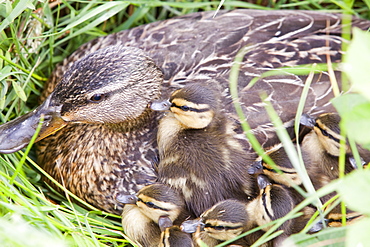
A female Mallard with her newly hatched chicks on Walney Island, Cumbria, England, United Kingdom, Europe
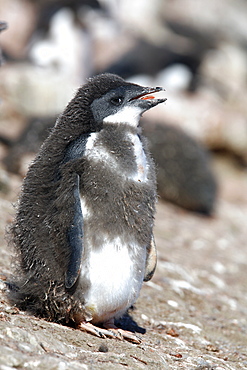
Adelie penguin (Pygoscelis adeliae) chick molting its downy feathers with adult plumage beneath on Devil Island near the Antarctic Peninsula.
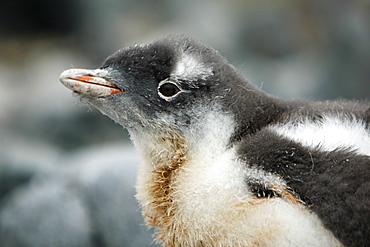
Gentoo penguin (Pygoscelis papua) downy chick on Jougla Point, Wiencke Island, near the Antarctic Peninsula.

Gentoo penguin (Pygoscelis papua) parent feeding downy chick on Pleneau Island, near the Antarctic Peninsula.

Fighting young Royal Penguins (Eudyptes Schlegeli). Sandy Bay, Macquarie Island, Subantarctic Australia.
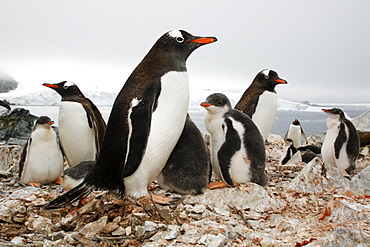
Gentoo penguin (Pygoscelis papua) parents with downy chicks on Petermann Island, near the Antarctic Peninsula.
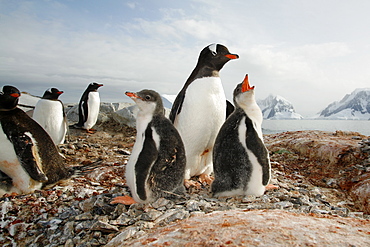
Gentoo penguin (Pygoscelis papua) parent with downy chicks on Petermann Island, near the Antarctic Peninsula.

Chinstrap penguin (Pygoscelis antarctica) parent and chick at breeding colony on Useful Island near the Antarctic Peninsula
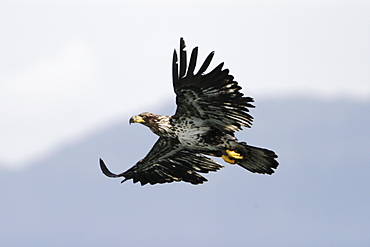
A juvenile American Bald Eagle (Haliaeetus leucocephalus) in flight over Chatham strait, Southeast Alaska, USA. Pacific Ocean.
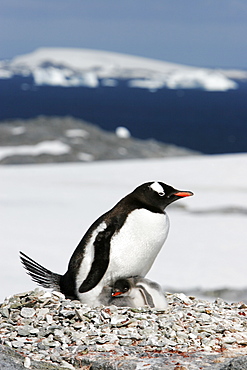
Gentoo penguin (Pygoscelis papua) parent with downy chick on Pleneau Island, near the Antarctic Peninsula.
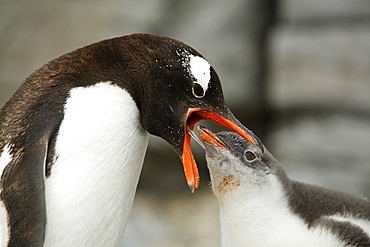
Gentoo penguin (Pygoscelis papua) parent feeding downy chick on Jougla Point, Wiencke Island, near the Antarctic Peninsula.
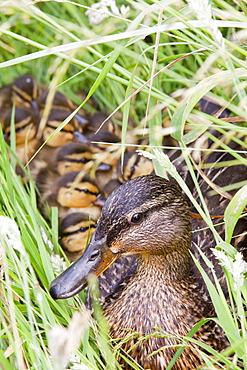
A female Mallard with her newly hatched chicks on Walney Island, Cumbria, England, United Kingdom, Europe
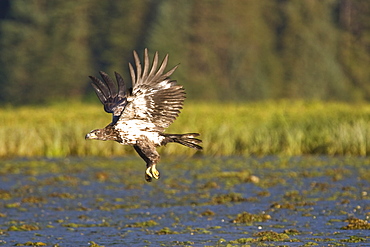
A juvenile bald eagle (Haliaeetus leucocephalus) scavenging a salmon carcass in Windham Bay on the Alaskan coast in Southeast Alaska, USA
